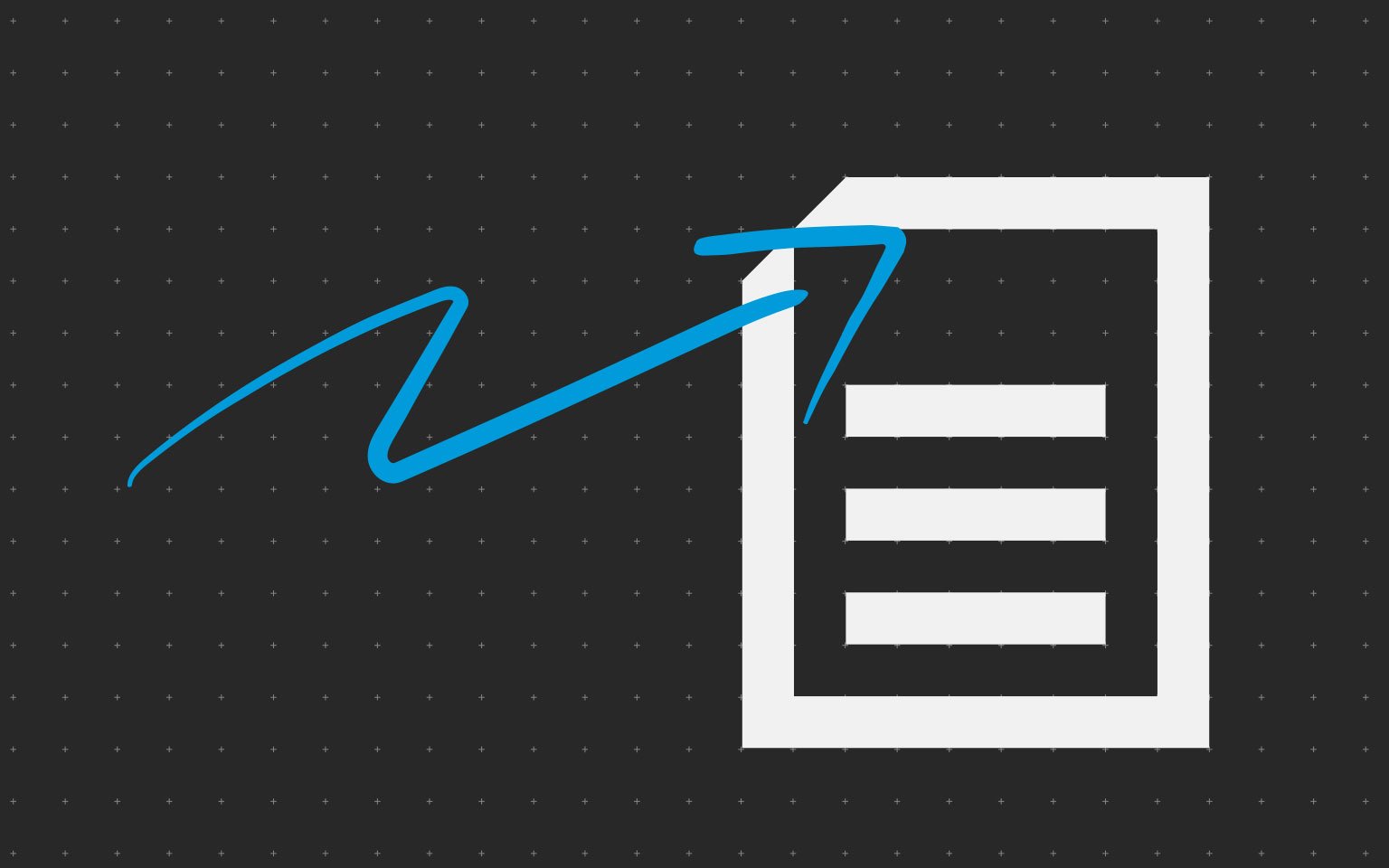Message of the week 17 - 21 June 2019
Week 25 | 2019

“How does the printing industry optimise decision making?” and other essential questions we have to answer
I recently compiled a Q&A for an Office Automation feature.
We thought we’d should share the articulation and positioning with you, so that you’re armed with the answers, just-in-case these questions are posed to you. Below is a taster. The full Q&A can be found here.
How does the printing industry optimise decision making?
Twenty years ago, the agile approach to information management hinged on document imaging - the ability to convert paper documents into digital images, saving storage space and retrieval time. Ten years ago, agile organisations made the leap to document management - technology that manages imaged and electronic documents throughout their life cycles, including capture, filing, access control (security) and archiving. Today, successful organisations need more than document management. They need to optimise the decision-making process by getting the right content (whether structured or unstructured, paper or electronic, audio or video, photograph or e-mail) into the right hands at the right time. Furthermore, the Internet of Things (IoT) requires technology to provide remote diagnostics and automatic replenishment reminders. These assist decision making, by ensuring greater forewarning and thus improved productivity
.What kind of office equipment do we need to optimise decision making?
Without a doubt, optimising processes through document management is imperative. The trend is for complex and multitudinous information to be obtained at the click of a button. This information should be seen as an asset – consistent, reliable, useful and available. It should also facilitate compliance with failsafe security and auditing features, and integrate seamlessly with everyday applications.
Luckily, we have an agile enterprise content management system with powerful capabilities. It captures information, processes electronic forms, creates e-signatures, optimises workflow, ensures record management and enhances security.
Regulatory compliance, and broader security are perhaps the most critical issues however. These will be some of our end-user’s most burning concerns.
Fortunately, Kyocera printers have many built-in security functions and are therefore regulatory compliant, both locally and internationally. For example, all Kyocera printers perform self-healing and self-protecting checksum operations every time they boot up, and flag unauthorised configuration change.
For more information on our industry’s key issues and the questions we need to answer, read more here.